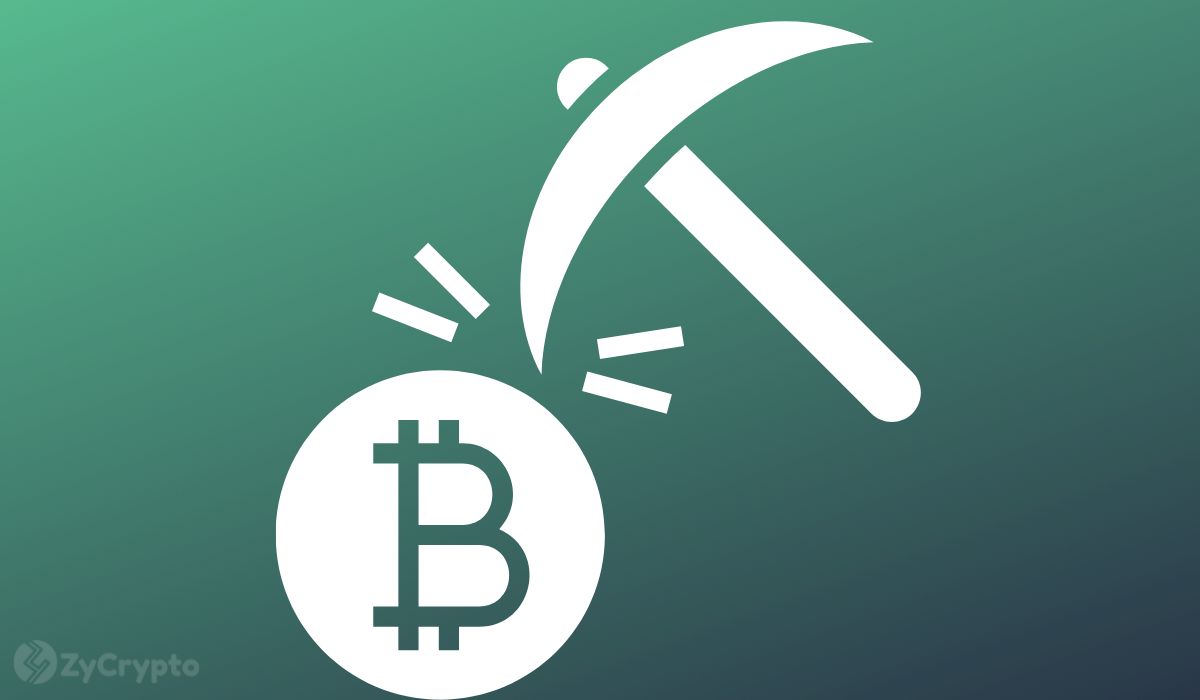2022-4-4 15:20 |
As the bitcoin mining industry has grown by leaps and bounds in 2022, mining operations continue to hold onto their bitcoin for dear life.
Bitcoin has traded between $30,000 and $50,000 from the start of 2022 to date. During that time, the mining industry has grown by leaps and bounds, as evidenced by steadily increasing difficulty and well over 200 exahashes (EH) of total computing power. But regardless of price and other metrics, new blocks and their rewards keep coming at a pace of roughly 900 new bitcoin mined per day with the current 6.25 BTC subsidy per block.
So, what are miners doing with their coins amid choppy price movements and steady hash rate growth? For the most part, they’re still holding.
Here’s an overview of the latest miner balance data and trends.
Understanding Mining DataThe bitcoin holdings secured by mining entities are an often-discussed talking point on social media and by cryptocurrency news media. Despite frequent misrepresentations about miners crashing the price — a topic to debunk another time — miner holdings are rarely broken down into their appropriate categories.
Zero-hop and one-hop addresses represent two distinct groups of mining-related addresses. The first group consists of addresses that have been directly sent the mining subsidy and transaction fees from a given block reward — these are the mining entities that receive the reward. Sometimes this group includes self-miners that earned the reward themselves. Other times it represents pools or joint-venture mining operations that are obligated to disperse some or all of the mining reward to other parties. One-hop addresses are represented by this second group because, as the name implies, their funds are one transaction (or hop) away from the original entity that received the block reward.
Differentiating this data is important because it clarifies how on-chain behavior appears versus what might be actually happening since both types of address owners do not share ultimate ownership over the same coins, nor do spends from their addresses reflect the same type of behavior. For example, a zero-hop address sending bitcoin to another address could be interpreted as spending or selling, when odds are good that the mining entity is simply transferring payouts to a pool miner or venture partner.
Miner Balance DataAt the time of writing, on-chain data shows zero-hop addresses holding a total of 1,799,590 BTC and one-hop addresses holding 2,556,928 BTC.
Zero-hop balances have seen an aggregate balance increase of roughly 1% over the past 12 months. But while these mining entities are slowly growing their holdings, one-hop addresses have been gradually shedding theirs. One-hop addresses saw an aggregate balance decrease of 8% over the same period.
The chart below shows total balances for zero-hop and one-hop addresses from the time of writing and the same date one year prior.
Mining entities hold massive amounts of bitcoin, with no large-scale selling going on.In short, mining entities still hold massive amounts of bitcoin, and there is no large-scale selling going on, nor has there been for quite some time. But some miners are gradually selling small amounts of bitcoin, likely to hedge exposure to price volatility, to fund expansion efforts or other reasons.
But as with all on-chain data analysis, connecting real-world entities to on-chain addresses is never done with absolute certainty. All on-chain data — especially data sets that aim to connect on-chain addresses with real-world entities — should be interpreted within a framework of understanding the data is created on a best effort and reasonable estimate basis.
Adding additional context to historical miner holdings data, the chart below visualizes the percentage changes in balances on zero-hop and one-hop addresses over the past 12 months. Put side by side in the same chart, the percentage difference is more apparent. But despite the one-hop balance decrease, this segment of mining entities still holds well over 2.5 million BTC.
Despite a one-hop balance decrease, this segment of mining entities still holds well over 2.5 million BTC.Why Miner Holdings Matter
The truth is that not much robust market analysis can be derived from analyzing miner balances unless something is wrong and miners start selling en masse. Miners hold and sell off and on through every type of market all year long, but their collective effect on the price movement of bitcoin is negligible. Consider that, on average, miners will earn 900 BTC each day for solving an average of 144 blocks every 24 hours. At the time of writing, this amount would have a market value of roughly $42 million. FTX, currently the third-largest exchange by 24-hour volume, reports $2.4 billion in daily volume. Even if every satoshi of those daily rewards were sold instantly, the total effect on the market price would be barely noticeable.
Continued accumulation by miners is always a healthy signal, however. Mild selling is to be expected as miners expand their operations and take some profits from their holdings. But miner balances is important data to observe if something goes wrong with the market. Given all of the infrastructure costs and operational expenses that miners incur, they are one of the most heavily-leveraged bullish entities in the entire Bitcoin industry. As such, seeing steady levels of holdings with occasional minor fluctuations is good. But if miners, given their investment in the industry and infrastructure, start selling en masse, something is probably seriously wrong with Bitcoin.
Miners that continue to hold and accumulate, however, can make every other type of investor feel a little safer and a bit more bullish too, even if the price isn’t trading at all-time highs.
Miners Must Be BullishMining is the mechanism for introducing new supply to the Bitcoin market, and given the significant capital and operational expenses incurred by miners, frequently turning over their inventory (i.e., selling bitcoin) is common. Foundry’s Senior Vice President Kevin Zhang, for example, posted on Twitter about how, in 2014, the mining operations he managed would sell 2,000 BTC per month to cover costs.
But despite this required selling, miners are also habitual long-term holders. And any downward fluctuations in their aggregate holdings are usually, well, minor. After all, if miners weren’t bullish, it’d be hard for anyone else to be.
This is a guest post by Zack Voell. Opinions expressed are entirely their own and do not necessarily reflect those of BTC Inc or Bitcoin Magazine.
origin »Bitcoin (BTC) на Currencies.ru
|
|
















